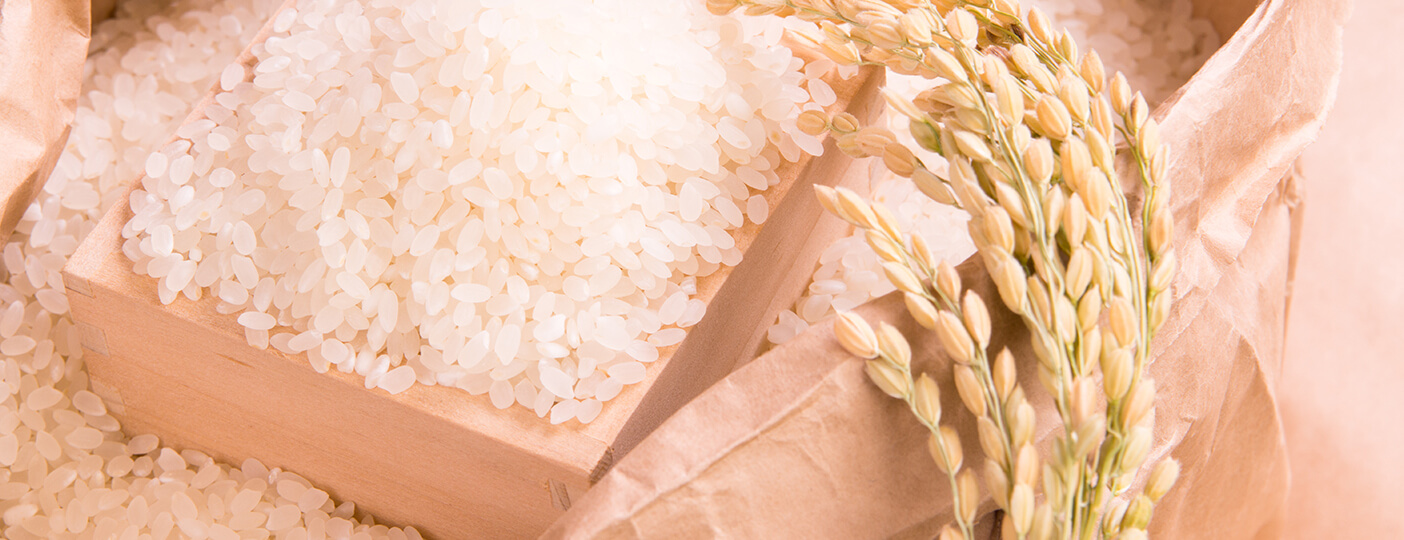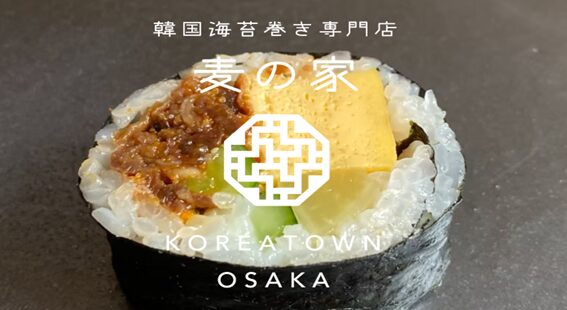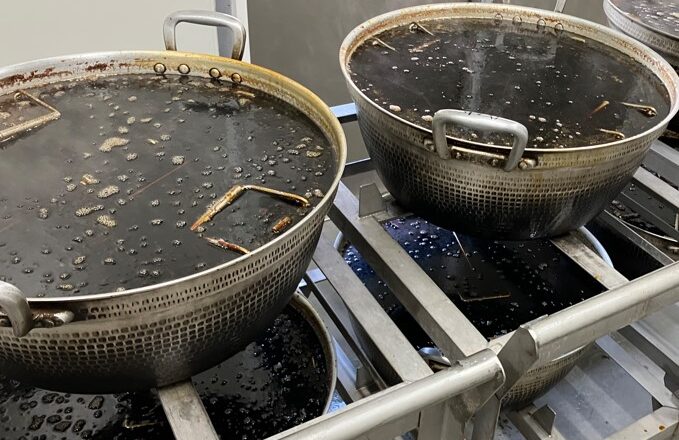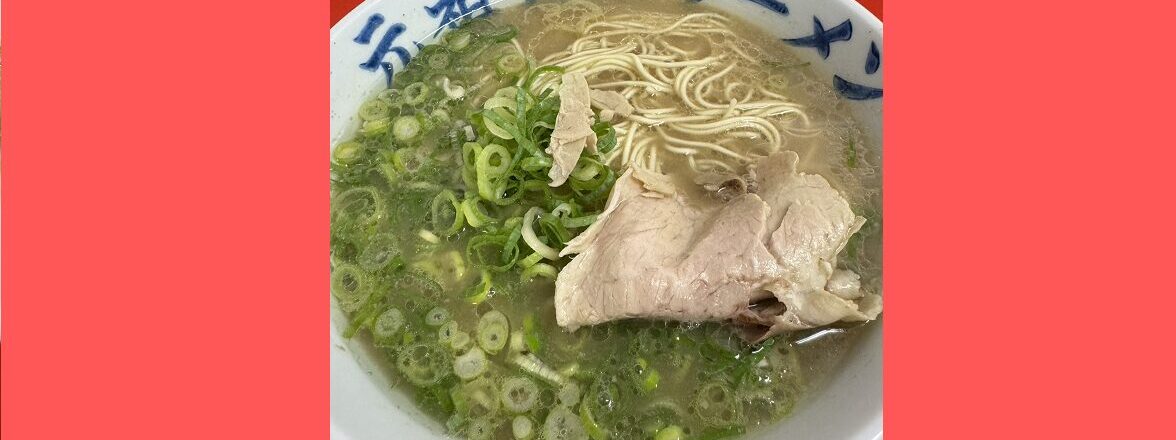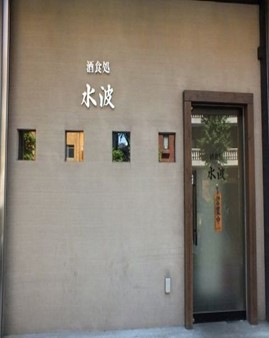Japanese Rice Available in China
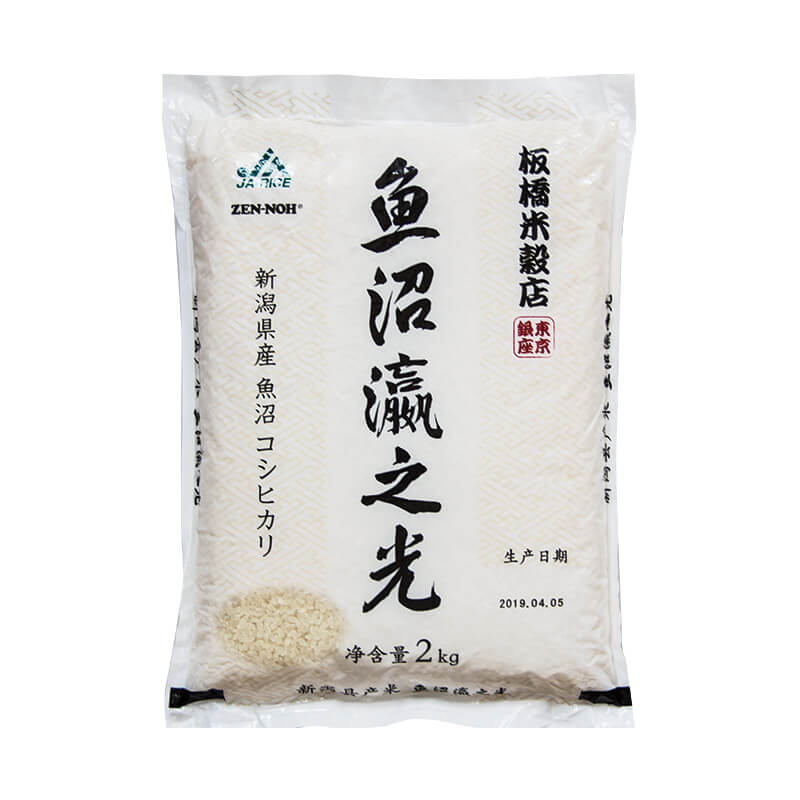
Uonuma Koshihikari (produced in Niigata Prefecture)
The best feature of Koshihikari is its deliciousness. The characteristics of its taste are strong flavor and stickiness. Not only that, this rice has excellent scent and luster, cooks beautifully, and has a soft texture.
There are different types of Koshihikari and their characteristics vary depending on the climate and natural features.
The most famous type is the Koshihikari rice grown in Uonuma, Niigata Prefecture. Blessed with great climate conditions, Uonuma Koshihikari has been rated special A, the highest rating for sensory evaluation, for decades in a row.
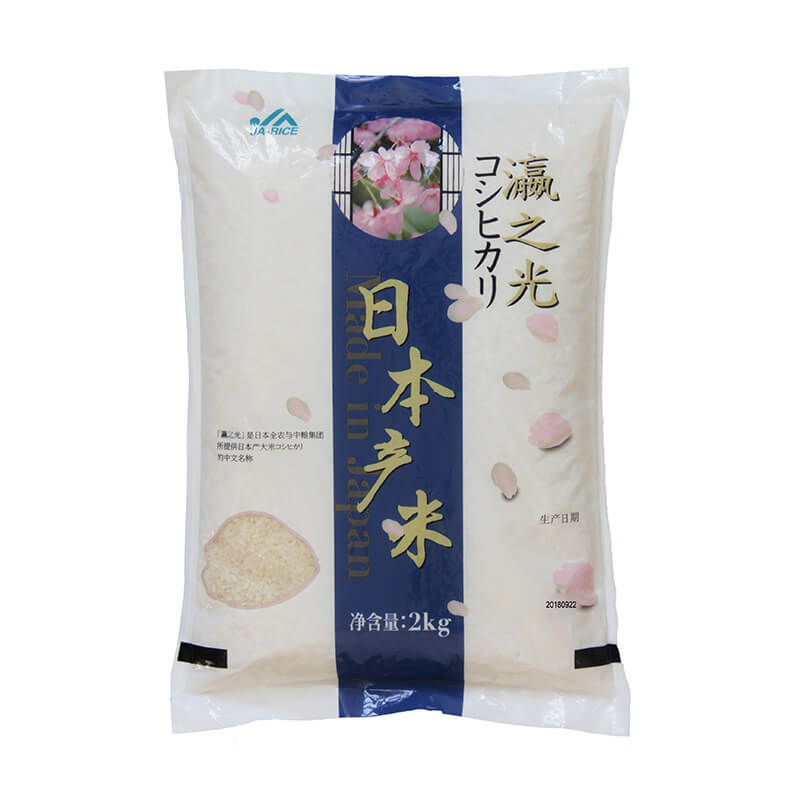
Koshihikari (produced in Ishikawa Prefecture)
Ishikawa Prefecture is blessed with Tedori River, which has its source in Mount Hakusan, and fertile land, that fulfill all the conditions required to make delicious rice. Often referred to as "Kaga Hyakumangoku," the prefecture has been well known nationwide as a major rice-producing region since the Edo period, and is highly valued as a prefecture that produces high-quality rice.
Koshihikari produced in Ishikawa Prefecture is white and shiny when cooked, and rich in stickiness, sweetness, and scent when eaten!
Also, it has been found that Koshihikari contains less amylose and protein that cause rice to taste bad!
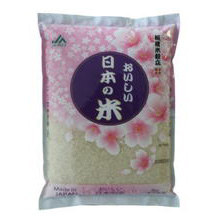
Itabashi Rice Store's Koshihikari (produced in Mie Prefecture)
The best feature of Koshihikari, above all, is its deliciousness. Koshihikari has become a byword for delicious rice because of its shiny and beautiful appearance when cooked, and the richness in stickiness and scent.
With its original rice flavor and strong scent, Koshihikari goes better with foods with strong taste than lightly-flavored Japanese food. It has a strong flavor that beats the foods with strong taste such as hamburg steak and pork cutlet. However, it's the best rice for people who value flavors and scents of rice itself. Although its cultivation is not easy, one-third of rice produced throughout Japan is Koshihikari, which proves that the rice is overwhelmingly delicious.
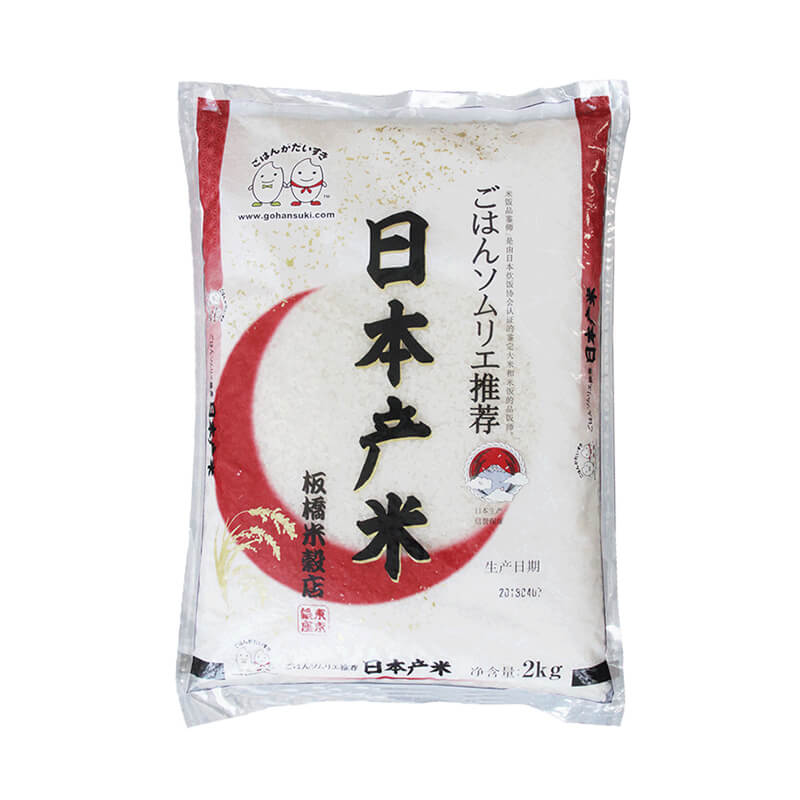
Haenuki (produced in Yamagata Prefecture)
As its name suggests, this rice is suited to the climate and natural features of Yamagata Prefecture. Yamagata Haenuki has been rated special A, the highest rate given by the Japan Grain Inspection Association for sensory evaluation, for 21 years in a row since its introduction. Yamagata Haenuki and Uonuma Koshihikari are the only rice that have been rated special A for so many years in a row.
In this way, Haenuki has the top-level taste quality in Japan, but surprisingly, it is rarely produced in prefectures other than Yamagata Prefecture.
The characteristics of Haenuki are the firmness of each grain and moderate moisture and flavor. These characteristics allow the rice to be cooked without losing its shape and result in a pleasing texture and sweetness. Haenuki is also less sticky and tastes good even when served cold, and is especially suitable for boxed lunch and rice balls. So, it is highly valued in the restaurant business and for ready-made meals in Japan, including rice balls sold at convenience stores.
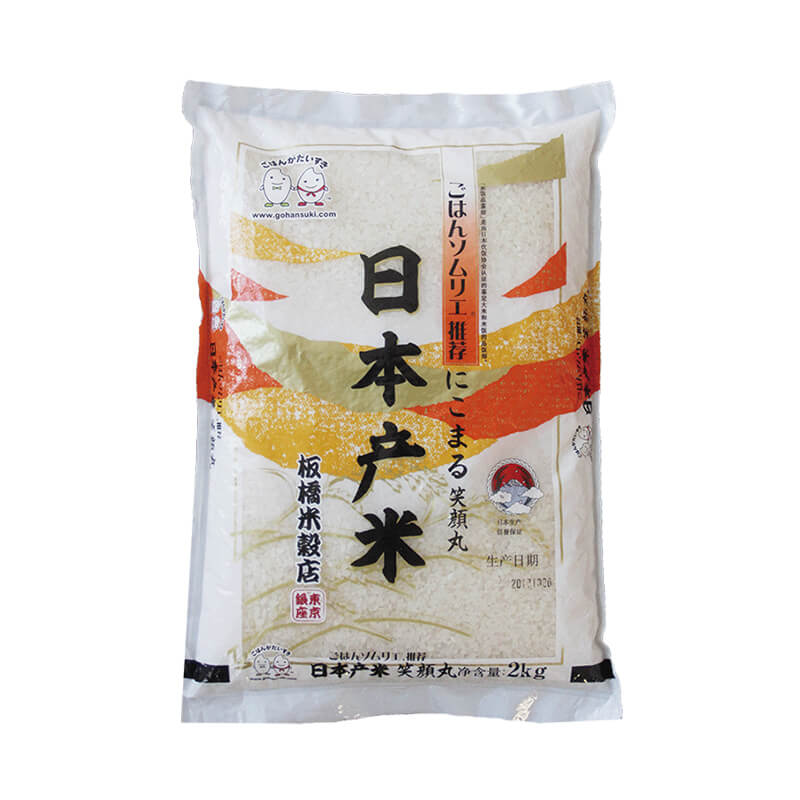
Nikomaru (produced in Shiga Prefecture)
In Shiga Prefecture, unstable rice quality caused by the heat in summer (high temperature damage) is a concern in some years.
Nikomaru is highly tolerant of heat and can be grown with stable quality every year without being affected by the weather.
Its quality level is equivalent to Hinohikari and Koshihikari in stickiness, softness, and flavor as heat-tolerant rice. It contains less protein than Hinohikari. The quality of Nikomaru is unlikely to decline under high-temperature environment and the appearance of brown rice is obviously better than Hinohikari.
This rice was named Nikomaru to represent a rice variety with a firm grain texture that makes you smile. Sales of this rice is expanding in 19 prefectures in Kanto, Tokai, Kinki, Chugoku, Shikoku, and Kyushu regions.
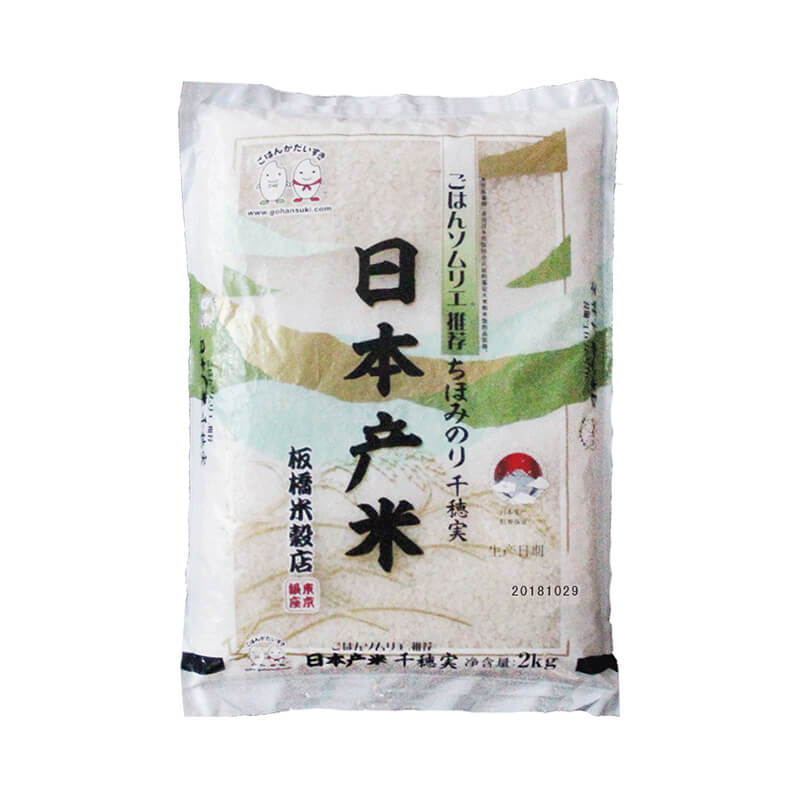
Chihominori (produced in Akita Prefecture)
Chihominori is a variety developed from a cross combination between "Ouu 382 (Moeminori)," a high-yield and high-eating quality variety suitable for direct seeding as its mother variety and the high-yield and blast-resistant "Aokei 157" as its father variety in 2005. Chihominori belongs to a "considerably early" maturation group in the Central Tohoku region. Highly resistant to lodging, high-yield, blast-resistant, and high eating quality. Lodging occurs less even in direct seeding and its grain yield is high. The appearance of brown rice and the taste of cooked rice are equivalent to those of Akitakomachi, which correspond to the rate "medium-high."
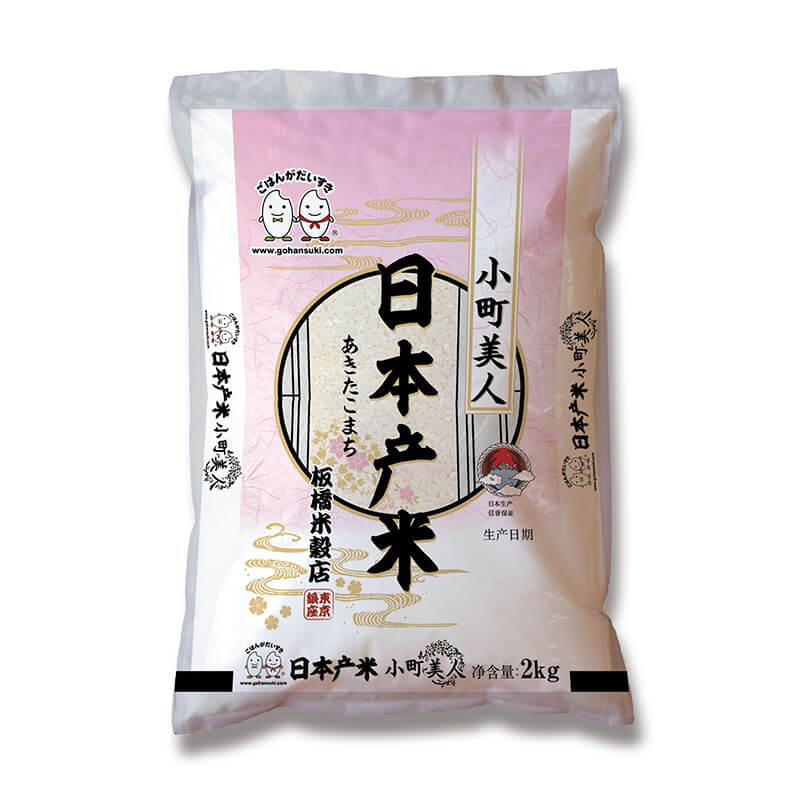
Akitakomachi (produced in Akita Prefecture)
Akitakomachi is a typical Japanese brand-name rice with excellent stickiness, sweetness, and taste. Its well-balanced flavor, excellent transparency, luster, and scent, and shiny appearance are highly valued. It is delicious when served cold, as well as freshly cooked. Akitakomachi boasts its highest yield in Akita Prefecture as an early-maturing variety that can be harvested before the temperature drops in fall and winter.
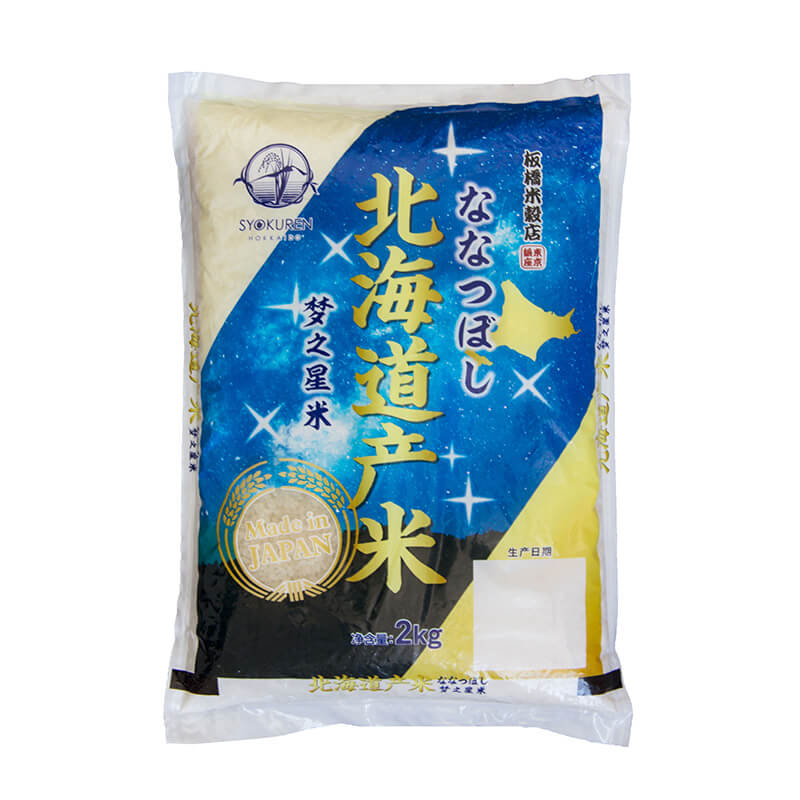
Nanatsuboshi (produced in Hokkaido)
This is the most popular variety among the rice produced in Hokkaido with the highest yield and the highest consumption. This rice is springy and soft, is sweet and goes wonderfully with vinegar, perfect for sushi. Ideal also for rice balls as it increases its sweetness after cooled down. This rice is clean with less use of pesticides because of the cool climate of Hokkaido.
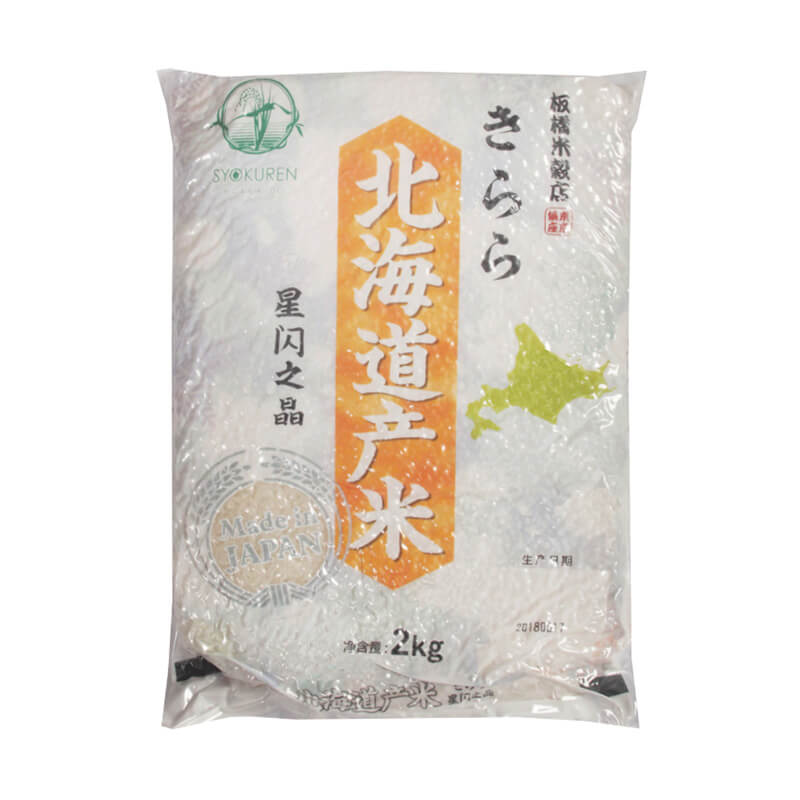
Kirara (produced in Hokkaido)
Relatively large grain size and light flavor. Absorbs sauces well, ideal for rice bowls and fried rice. A variety that brought the flavor of Hokkaido rice recognition. This long-selling product has been popular in the Japanese market for many years. This rice is clean with less use of pesticides because of the cool climate of Hokkaido.
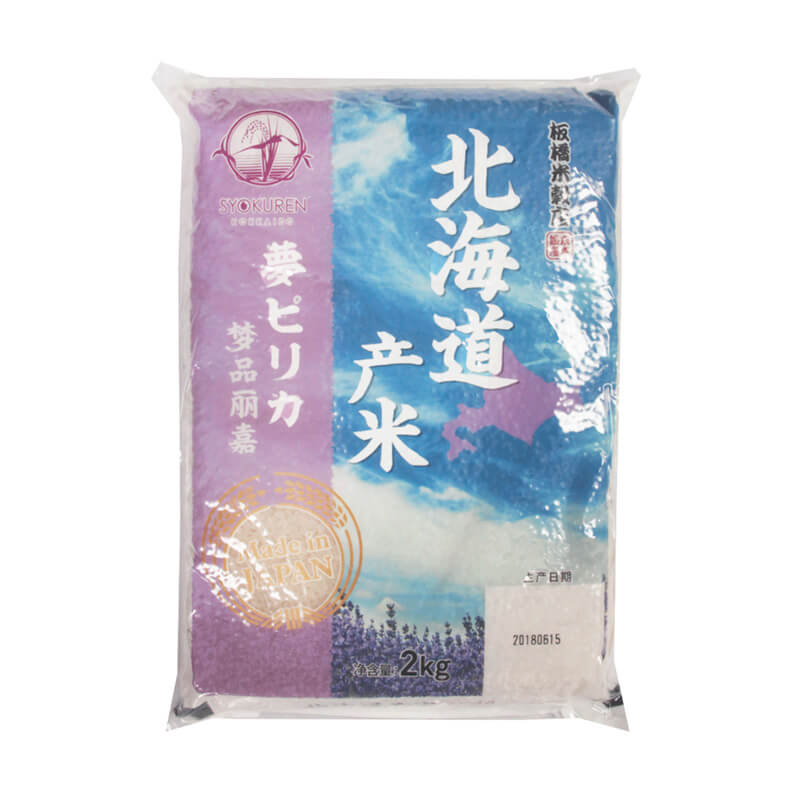
Yumepirika (produced in Hokkaido)
This is a new variety among Hokkaido rice. This rice tastes good even when served cold and is very popular in Tokyo now. The luxurious brand-name rice is also used for gifts. Highly valued as a flagship variety of Hokkaido rice for its nicely balanced sweetness and softness. This rice is clean with less use of pesticides because of the cool climate of Hokkaido.
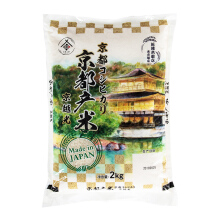
Kyoto Koshihikari (produced in Kyoto Prefecture)
The advantage of Kyoto Koshihikari is that its flavor does not change even after long storage and the volume of rice when cooked is larger than other rice with the same amount. Its texture is also slightly different from other rice. Kyoto Koshihikari has been rated special A for sensory award more than 10 times and won the award for four years in a row in 2011, 2012, 2013, and 2014. Kyoto Koshihikari has won the most awards in West Japan and broke the record, and can be regarded as rice highly valued by experts. Many restaurants in Kyoto offers Tango rice, the top-ranking rice both in its quality and popularity, rather than Niigata grown rice.
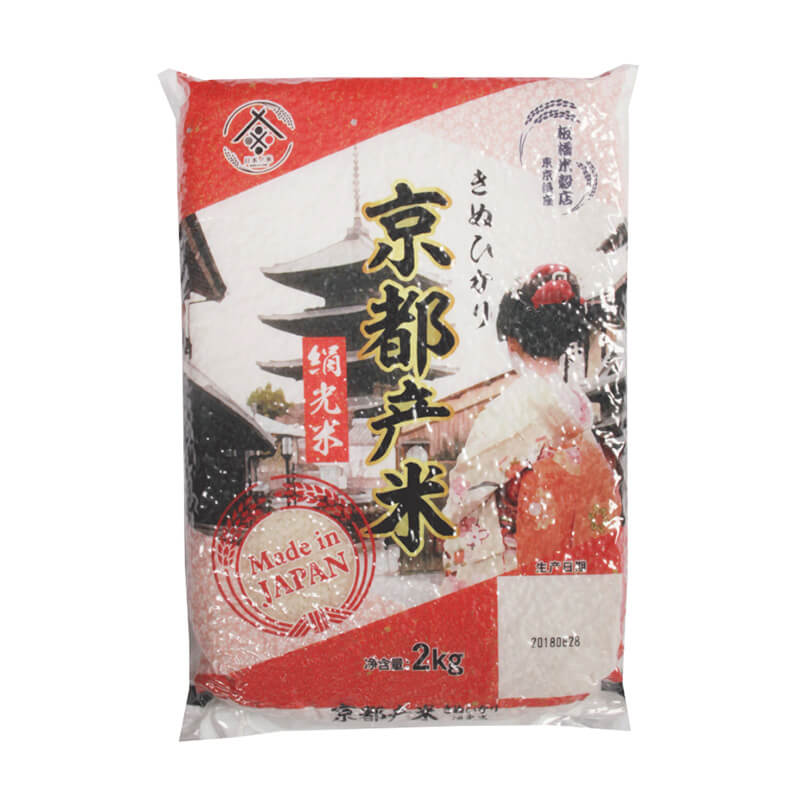
Kyoto Kinuhikari (produced in Kyoto Prefecture)
This variety was developed to improve the greatest weaknesses of Koshihikari such as low resistance to lodging and blast. It was adopted as a recommended variety in Kyoto in 1991. The results of the sensory test conducted in the production area were equivalent to those of Koshihikari and the flavor is outstanding. Kinuhikari is different from Koshihikari whose quality is supported by its stickiness, and has a good texture and some sweetness in addition to moderate stickiness.
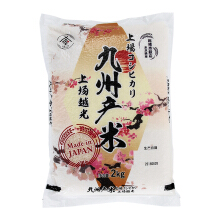
Uwaba Koshihikari (produced in Saga Prefecture)
Uwaba District is facing the Genkai Sea, and its climate is warm during the daytime due to the effects of Tsushima Current, but becomes cool after sunset. This temperature difference is the most essential condition required to increase the sweetness of rice. Also, the rice is grown by using natural water from Uwaba District, allowing for the healthy growth of the rice. This reliable rice is painstakingly produced in the strong wind of Genkai and Uwaba plateau.
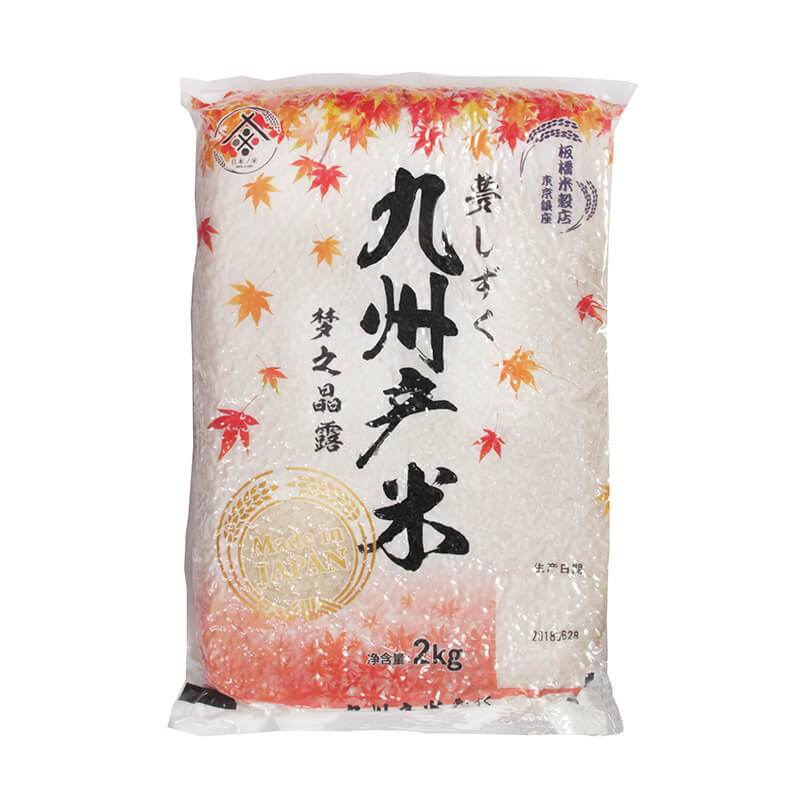
Yumeshizuku (produced in Saga Prefecture)
Grown in the abundant land of Saga Prefecture and deliciously finished.
Yumeshizuku is a variety developed from a cross between Kinuhikari and Hitomebore. Its moderate stickiness, excellent flavor, and appetizing fluffy and lustrous appearance are highly valued.
The origin of the name "Yumeshizuku"
The word "yume" derives from the dream to make Saga rice of the new century, and "shizuku" represents a fresh image of rice plants moist with morning dewdrops. The rice package is designed and illustrated by Kiyoshi Nakashima, an artist from Kyuragi Town, Saga Prefecture, who is known as "artist of the wind."
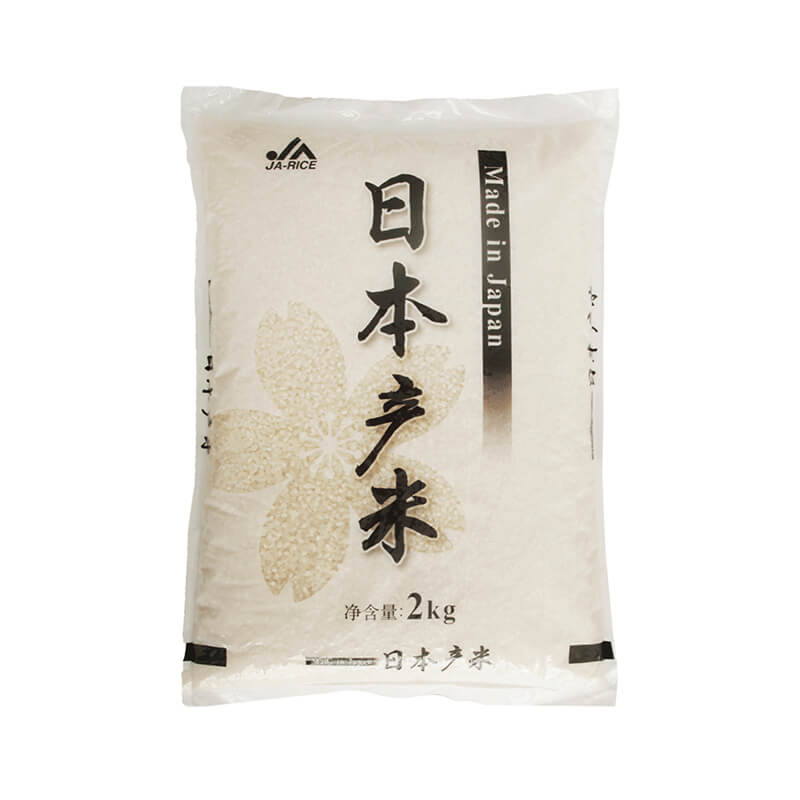
Commercial-use Koshihikari (produced in Mie)
The best feature of Koshihikari, above all, is its deliciousness. Koshihikari has become a byword for delicious rice because of its shiny and beautiful appearance when cooked, and the richness in stickiness and scent.
With its original rice flavor and strong scent, Koshihikari goes better with foods with strong taste than lightly-flavored Japanese food. It has a strong flavor that beats the foods with strong taste such as hamburg steak and pork cutlet. However, it's the best rice for people who value flavors and scents of rice itself. Although its cultivation is not easy, one-third of rice produced throughout Japan is Koshihikari, which proves that the rice is overwhelmingly delicious.




